Japan vs. The World: What the Numbers Say!
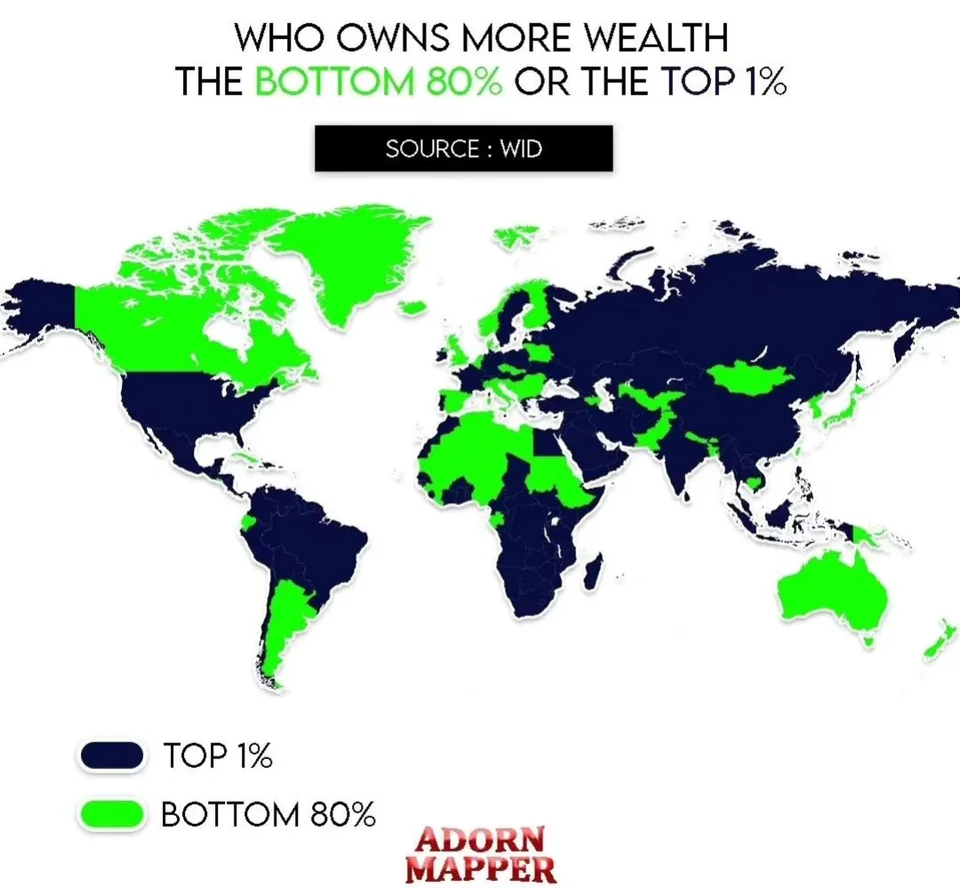
According to the World Inequality Database, the top 1% of adults in Japan owned about 18.5% of the total wealth in 2020, while the bottom 80% owned about 36.4%.
This means that the top 1% had roughly half the wealth of the bottom 80%, and not more.
Japan has a relatively low level of wealth inequality compared to other countries, as shown by its wealth distribution.
However, there is still a significant gap between the richest and the poorest households in Japan.
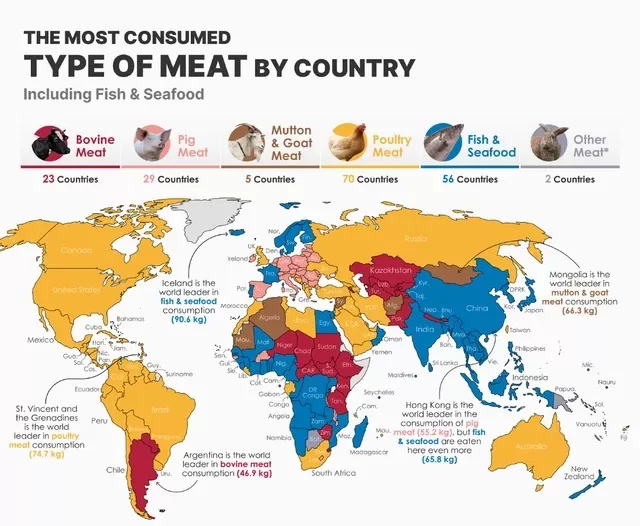
Japan has a long tradition of eating fish and seafood as the main source of animal protein.
This is because Japan is surrounded by water, has a rich fishing culture, and follows religious beliefs that discourage meat consumption.
However, in recent years, more Japanese people have started to eat more meat, especially beef and chicken, as their lifestyles and preferences change.
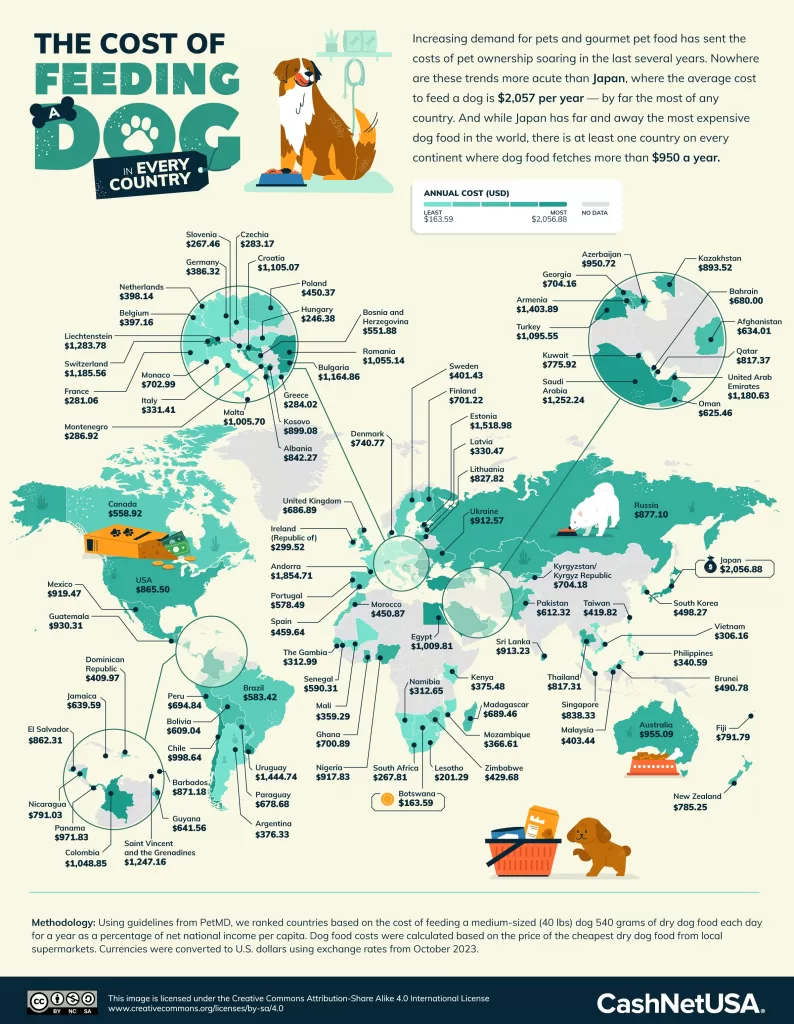
Pets are more popular and costly worldwide, especially in Japan.
Japan spends the most on dog food in the world, spending on average $2057 a year.
This is due to high demand for premium food, limited domestic production, high living and labour costs, and indoor pet culture.
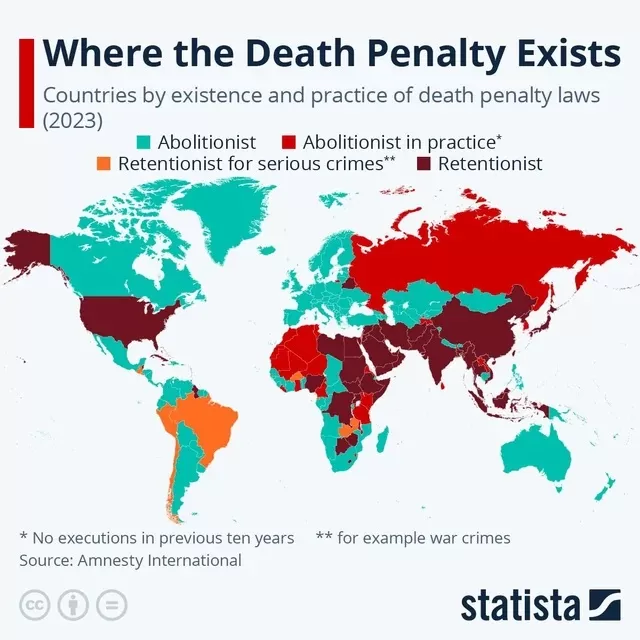
The law of capital punishment in Japan is a controversial topic that has sparked debates among the public, the government, and the international community.
Japan is one of the few developed countries that still executes people for serious crimes, such as murder, by hanging them in secret.
Some people support the death penalty as a way of deterring crime and delivering justice, while others oppose it as a violation of human rights and a risk of wrongful convictions.
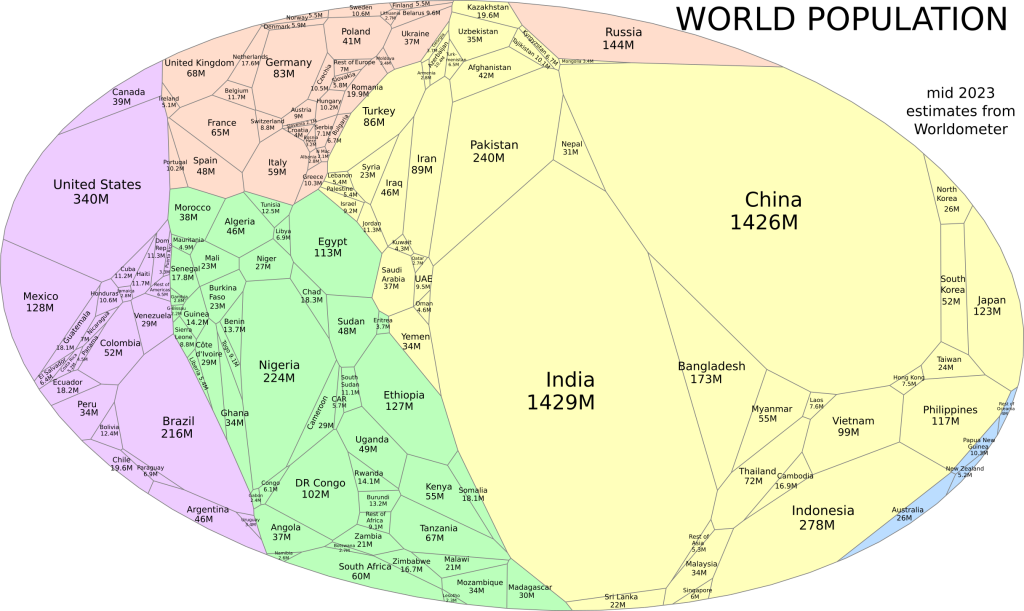
As of 2022, Japan’s total population is approximately 125.12 million, which is more than the combined population of Canada, Australia, and New Zealand.
In terms of global population ranking, Japan is the 11th most populous country in the world, but it is also the most densely populated among the top 20 countries.
That means Japan has to squeeze more people into less space than most of its peers.
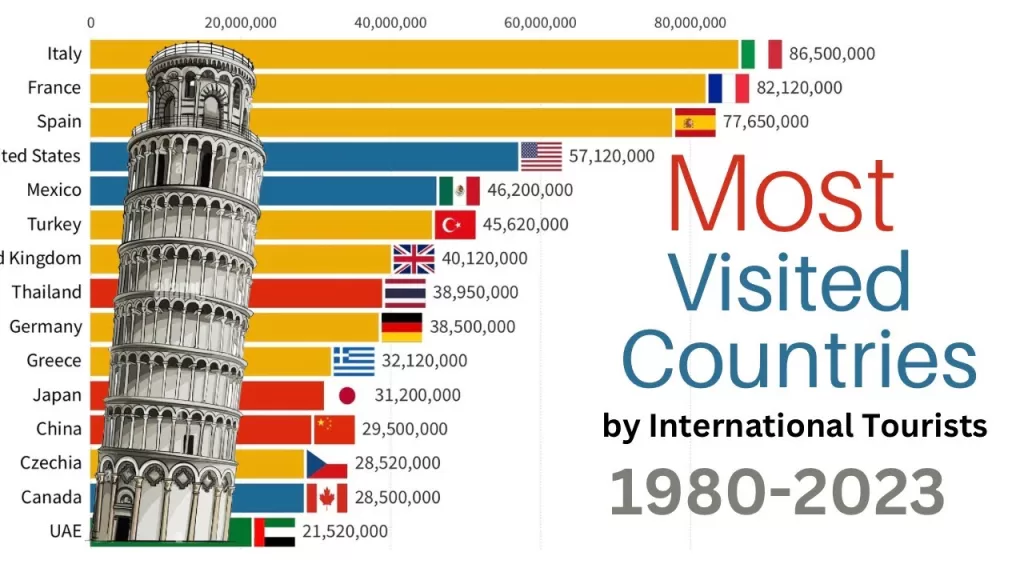
Japan is one of the most popular tourist destinations in the world, attracting millions of visitors every year with its rich culture, natural beauty, and modern attractions.
Thanks to the favorable exchange rate, Japan is also one of the most affordable places to visit. That means you can enjoy more sushi, sake, and souvenirs for less.
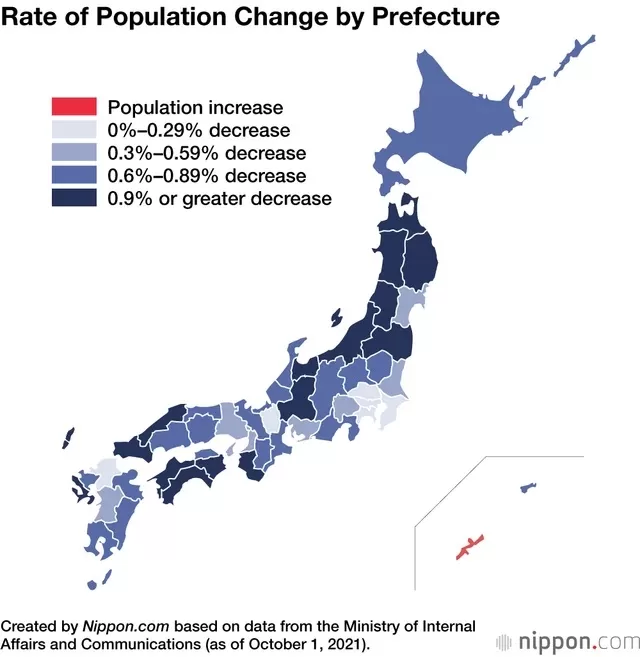
Japan faces a serious demographic challenge, as its population ages and shrinks.
But Okinawa, a chain of islands in the south, defies this trend.
Why do women in Okinawa have more children and live longer than anywhere else in Japan?
Is it because of migration or something else? The answer may lie in Okinawa’s unique culture of community, family, and vitality.
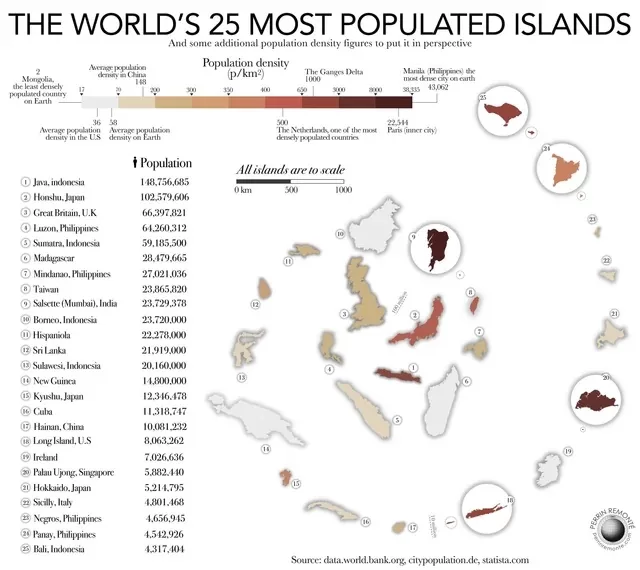
Honshu, the heart of Japan, is most densely populated islands on Earth.
On Honshu, you can discover the rich and diverse culture of Japan, from the stunning Mount Fuji to the iconic Shibuya crossing, from the peaceful Zen gardens to the colorful anime scene.
It is also one of only two islands in the world that have over 100 million people in population.
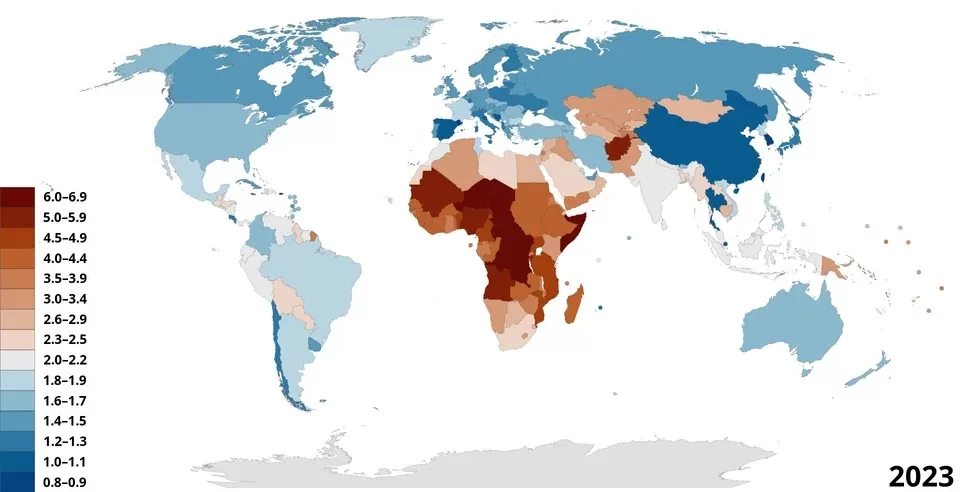
The replacement rate for fertility is the number of children per woman that is needed to maintain a stable population size.
Japan’s latest replacement rate for fertility is between 1.37 and 1.38, which is well below the estimated 2.1 required for population stability.
This means that Japan’s population is expected to decline in the future, unless there are changes in migration or fertility behavior.
Japan has one of the lowest fertility rates in the world, and it has been below the replacement level since the 1970s.
Some of the factors that contribute to Japan’s low fertility include delayed marriage, high cost of living, limited childcare support, and traditional gender roles.